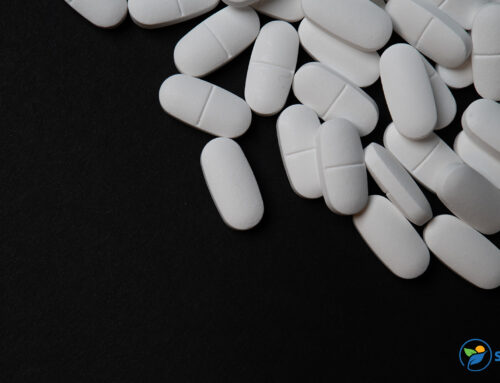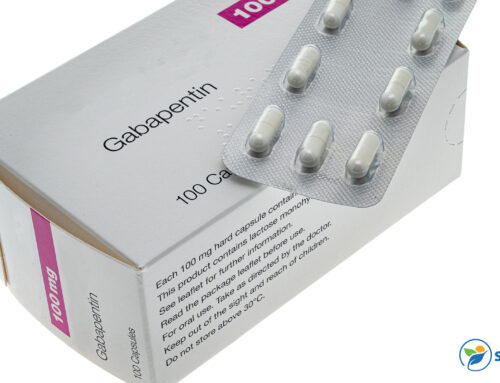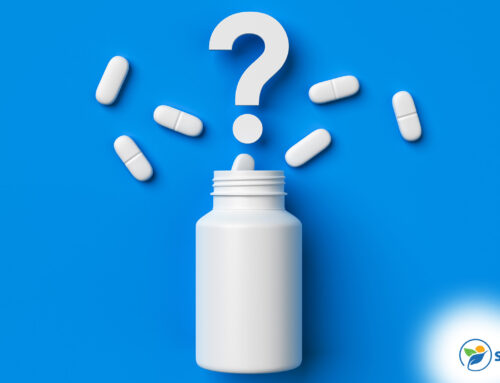With the codification of the Controlled Substance Act in 1970, the U.S. Congress made it federally illegal to possess, use or sell in all 50 U.S. states. In 1996, California became the first state to essentially bypass the CSA by establishing Proposition 215, a bill that legalized the cultivation and possession of marijuana for residents who were prescribed medical marijuana by a licensed doctor.
Today, a majority of states have either legalized medical marijuana or legalized both recreational and medical marijuana. Only four states have not legalized marijuana for medicinal or recreational purposes: Idaho, Wyoming, Kansas, and South Carolina. Although marijuana is still classified as a Schedule I drug by the U.S. DEA, the Rohrabacher-Farr Amendment passed by Congress in 2014 prevents individuals prescribed medical cannabis from being prosecuted by the federal government.
What is Cannabis Use Disorder?
The U.S. DEA defines a Schedule I drug as “drugs with no currently accepted medical use and a high potential for abuse.” In addition to cannabis, other Schedule I drugs include LSD, heroin, Ecstasy, peyote, and methaqualone.
However, since the DEA established this definition of Schedule I drugs, a growing number of research studies indicate that cannabis may hold medicinal properties that can treat certain conditions resistant to standard medications. For example, some forms of pediatric epilepsy reportedly respond well to cannabinoid (CBD) therapy. Cannabinoids are chemicals in marijuana plants that are not psychoactive like THC. Alternately, the research regarding the medicinal efficacy of THC is ongoing and has yet to provide definitive results.
Initially defined in the Diagnostic and Statistical Manual of Mental Disorder IV as substance abuse but not substance dependence, cannabis abuse received an updated definition in the DSM-V. Cannabis use disorder (CUD) is now characterized as a separate disorder from substance abuse that falls under pathological behavior patterns such as social impairment, impaired control, physiological adaptation, and risky behavior.
Prolonged use of cannabis containing THC has been shown to change the way the brain functions on a molecular level. CUD is thought to arise from the addictive properties of THC and the way THC interacts with the endocannabinoid receptor system in the brain.
Medical marijuana users typically smoke cannabis several times a day to relieve a variety of symptoms ranging from pain, nausea, and tremors to anxiety, obsessive-compulsive disorder, and panic attacks. Now that the DSM-5 has redefined CUD with details that include timelines and in-depth descriptions of behavioral effects, CUD is receiving more attention and more diagnoses among medicinal cannabis users.
According to the DSM-V, signs of CUD must continue within any 12-month period and include at least two or more of the following:
- Strong desire/craving to use cannabis
- More cannabis is used than what was prescribed over longer periods
- Attempts to stop or control cannabis use are unsuccessful
- A good deal of time is spent obtaining and using cannabis. Users may drive for hours to a certain dispensary that has their favorite cannabis strain.
- Personal relationships suffer as a result of heavy cannabis use. People with CUD may stop talking to family members who disapprove of their heavy cannabis use.
- A scaling back of occupational, recreational, or social activities due to cannabis use
- Development of substantial tolerance to cannabis that requires users to increase the daily amount of cannabis needed to achieve desired effects
- Users experience cannabis withdrawal symptoms if they abruptly stop using cannabis
Long-term CUD may begin causing psychiatric symptoms as well, such as paranoia, mood swings, and delusions. Individuals with CUD may neglect personal hygiene, eat nothing but junk food, and get caught driving while under the influence of cannabis.
Is Medicinal Use of Cannabis Leading to Increased Rates of Cannabis Use Disorder?
Cannabis use disorder is estimated to affect 10 percent of nearly 195 million cannabis users globally. However, marijuana proponents are quick to point out that the public health responsibilities of treating CUD are much less than those associated with heroin, methamphetamine, and fentanyl addictions. But this dispute over whether cannabis offers medicinal benefits that outweigh its possible adverse effects does not eliminate the fact that CUD is now accounting for a large number of individuals seeking treatment for CUD.
A study conducted in 2019 found that among U.S. adults over 26 years old, past-month use of cannabis following recreational legalization in their state of residence was 26 percent higher compared to adults in states where cannabis has not been legalized for recreational purposes. Additionally, frequent cannabis use increased by 23 percent while CUD rose by 37 percent in legalized states.
One reason researchers point to for the correlation between CUD and medical marijuana is the technology behind creating incredibly potent cannabis strains. Medicinal dispensaries often tout particular strains as providing better pain or anxiety relief. Some states allow medical marijuana users to grow their own plants, which gives dispensaries the legal ability to sell seeds with high levels of THC.
Doctors cannot actually prescribe medical marijuana since it remains illegal to use under federal law. Instead, licensed doctors “recommend” a patient use medical marijuana for treating conditions specified by that state’s guidelines. The patient then takes the recommendation to a dispensary where they are free to choose any type of cannabis strain. Dispensary technicians typically assist patients in picking out strains that are presumed to treat specific health issues.
How is Cannabis Use Disorder Treated?
Not all medical marijuana users will go on to develop CUD. Patients who do not consume more than their doctor recommended report finding relief from pain, depression, nausea, and arthritis. In addition, some medical marijuana users say that cannabis has reduced their use of prescription drugs.
People who eventually seek treatment for CUD typically find themselves visiting emergency rooms due to tachycardia (rapid heartbeat), panic attacks, and, in some cases, acute psychotic episodes. Doctors may treat cannabis-induced tachycardia with alpha-2 adrenergic agonists like clonidine and panic attacks with benzodiazepines (Xanax or Valium).
Currently, there is no FDA-approved medication to treat CUD. However, the cannabinoid receptor agonist dronabinol has been shown to relieve cannabis withdrawal symptoms in outpatient and inpatient lab settings. Dronabinol is FDA-approved for relieving nausea and vomiting in chemotherapy patients and for stimulating appetite in people with AIDS. When given to individuals with CUD, dronabinol decreased cravings for cannabis, alleviated other withdrawal symptoms, and did not produce psychoactive effects.
Psychological treatments for CUD include cognitive-behavioral therapy (CBT), contingency management, and motivational enhancement therapy (MET). Since it is not uncommon for people with CUD to have co-occurring mental health issues, therapeutic counseling is critical for addressing CUD in the absence of thoroughly researched pharmacological treatments.
If you or someone you know is experiencing symptoms of cannabis use disorder, call Sunlight Recovery today for information about CUD treatment program.






